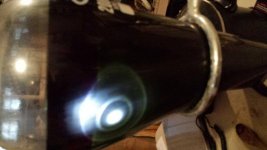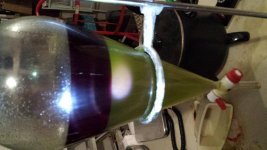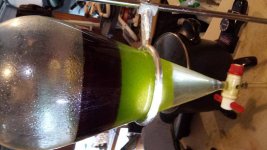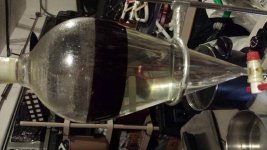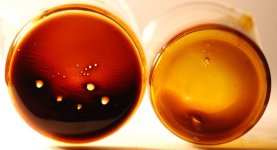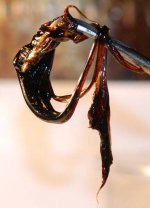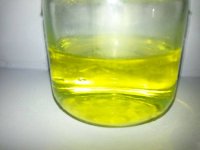DankTankUSA
New member
G.O. Joe said:I haven't seen anything, including their website, that says that their patent, or CO2 extraction in general, is what GW Pharma uses for raw BDS for Sativex. Saying that it is might get you shouted down: https://www.icmag.com/ic/showpost.ph...&postcount=155
I stand corrected. A friend of mine showed me the patent that I posted earlier in which CO2 is used as the extraction solvent and he told me it was the process used for Sativex. I will have to ask him some more questions to see why he thinks it is the process for Sativex.
Thanks for the response!

